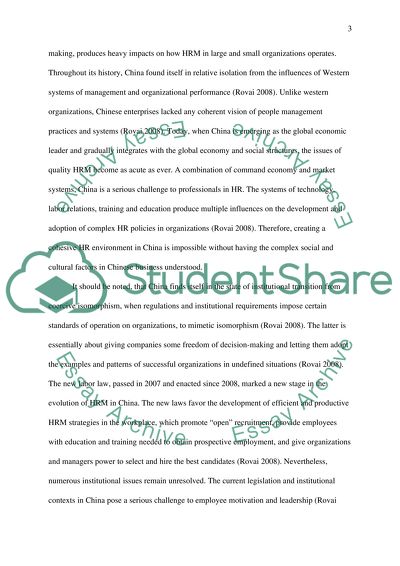Cite this document
(“International Human Resource Management: To explore and assess human Essay”, n.d.)
Retrieved from https://studentshare.org/environmental-studies/1409075-international-human-resource-management-to-explore
Retrieved from https://studentshare.org/environmental-studies/1409075-international-human-resource-management-to-explore
(International Human Resource Management: To Explore and Assess Human Essay)
https://studentshare.org/environmental-studies/1409075-international-human-resource-management-to-explore.
https://studentshare.org/environmental-studies/1409075-international-human-resource-management-to-explore.
“International Human Resource Management: To Explore and Assess Human Essay”, n.d. https://studentshare.org/environmental-studies/1409075-international-human-resource-management-to-explore.


